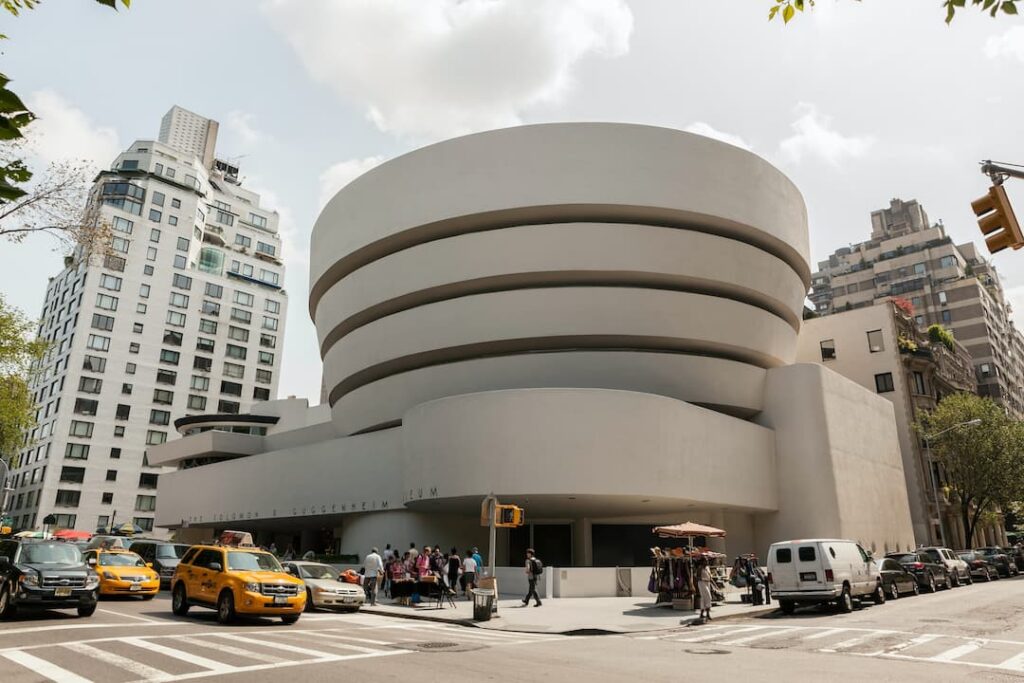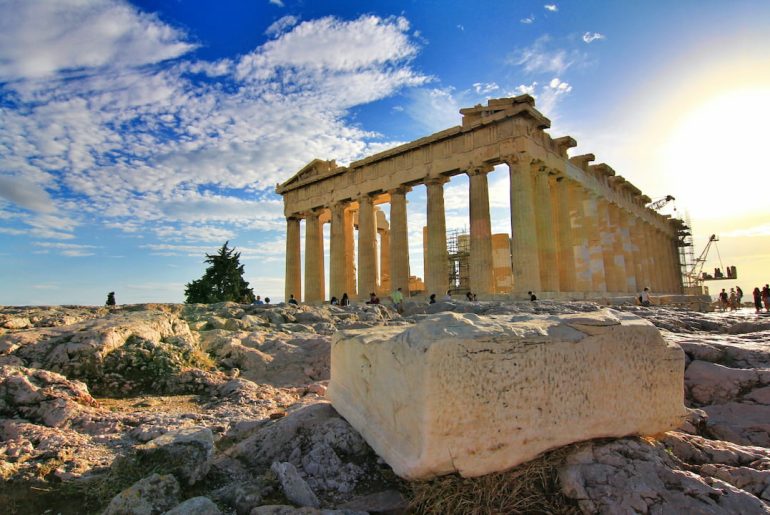Architecture is a diverse field with various architectural styles, each with unique features and historical importance. There are many different types of Architecture. Classical architecture is inspired by ancient Greece and Rome, emphasizing balance and grand symmetrical designs. Gothic architecture from medieval Europe includes pointed arches and elaborate ornamentation. Renaissance architecture incorporates classical elements and adds decorative features like domes and arches. Modernist architecture during the Industrial Revolution focused on utilitarian designs with clean lines. Postmodernism combines elements from different architectural periods. These styles allow architects to create functional spaces that express cultural values and reflect societal changes.
What are the different types of Architecture styles?
Architectural styles are the artistic expressions of human creativity and cultural identity embodied in the structures that shape our built environment. From the timeless elegance of classical Greek and Roman designs to the sleek modernism of the 20th century, architecture has evolved through diverse styles, each reflecting its era’s values, aesthetics, and technological advancements. This exploration delves into the rich tapestry of architectural styles that have left an indelible mark on history and continue to inspire designers today.
Here is a list of 6 different types of Architecture Styles
Classical Architecture
Ancient Greek

This iconic style laid the foundation for classical architecture, emphasizing balance and harmony. Columns, including the Doric, Ionic, and Corinthian orders, are signature elements, along with pediments and meticulous symmetry.
Roman
Building on Greek principles, Roman architecture brought innovation with arches, domes, and the pioneering use of concrete. Structures like the Colosseum exemplify Roman engineering prowess.
Medieval Architecture
Romanesque
Predominant during the medieval period, Romanesque architecture is characterized by its fortress-like appearance. Thick walls, rounded arches, and barrel vaults strengthen and secure structures such as medieval European churches and castles.
Gothic
In stark contrast, Gothic architecture embodies grace and verticality. Pointed arches, ribbed vaults, and flying buttresses allowed for taller and more luminous cathedrals, including Notre Dame and Chartres Cathedral.
Renaissance and Baroque
Renaissance

The Renaissance revived classical ideals with meticulous attention to symmetry, proportion, and classical elements. Buildings like the Florence Cathedral and St. Peter’s Basilica showcase Renaissance grandeur.
Baroque
Architects embraced drama and luxury, employing elaborate ornamentation, curvaceous forms, and chiaroscuro lighting. The Palace of Versailles and the works of Bernini exemplify this style’s flamboyance.
18th and 19th Century Styles

Neoclassical
Inspired by ancient Greece and Rome, Neoclassical architecture returned to classical simplicity and symmetry. Government buildings like the U.S. Capitol and the British Museum reflect its influence.
Rococo
As a reaction to the seriousness of the Baroque, Rococo introduced playfulness and intricate ornamentation, especially in interior design, with its swirling motifs and pastel color palettes.
Modern and Contemporary Architecture
Modernism
Modernism, a 20th-century movement, emphasizes functionality, minimalism, and innovative materials. Pioneered by architects like Le Corbusier and Frank Lloyd Wright, it redefines architectural norms.
Postmodernism
Postmodernism, in reaction to Modernism, playfully incorporates historical elements. Notable examples include the AT&T Building in New York and the Piazza d’Italia in New Orleans.
Contemporary
Contemporary architecture, reflecting environmental concerns and technological advances, prioritizes sustainability and innovation. Architects experiment, pushing the boundaries of architectural expression in today’s ever-evolving landscape.
These architectural styles serve as windows into their respective historical contexts, reflecting their eras’ prevailing cultural and artistic values. Each inspires architects and designers today, contributing to the rich tapestry of architectural diversity.
How does Sustainable Architecture differ from Different types of Architecture?

Sustainable architecture, also known as green or eco-friendly architecture, distinguishes itself from other types of architecture by prioritizing environmental consciousness, energy efficiency, and the well-being of inhabitants. Unlike conventional architecture, which often focuses solely on aesthetics and functionality, sustainable architecture takes a holistic approach by integrating sustainable design principles throughout the entire building process.
It involves utilizing renewable materials and resources and environmentally-conscious practices such as solar panel implementation and geothermal heating/cooling methods, designing buildings to maximize natural light and ventilation, employing water conservation strategies like rainwater harvesting and greywater recycling, and incorporating green spaces to enhance biodiversity.

Sustainable architects apply a life-cycle approach to minimize environmental impacts by considering factors such as construction practices, maintenance requirements, and potential for future adaptations or repurposing of the structure. Moreover, they prioritize occupant health by using non-toxic materials free from harmful chemicals and fostering indoor environments with optimal air quality. Ultimately, sustainable architecture strives to create buildings that harmonize with their surroundings while minimizing their carbon footprint for a healthier planet.
What are examples of famous buildings in Different Types of Architecture?
Famous buildings worldwide showcase the diversity and evolution of architectural styles throughout history. One notable example is the Parthenon in Athens, Greece, representing the pinnacle of classical architecture. Its proportions, use of columns, and intricate sculptures on its pediments depict the harmonious balance achieved by ancient Greek architects. Moving to Gothic architecture, the Notre Dame Cathedral in Paris symbolizes this style’s soaring pointed arches and intricate stained glass windows dating back to the 12th century.

The Burj Khalifa in Dubai represents a modern marvel of contemporary architecture with its sleek design and record-breaking height, exemplifying the principles of modernist architecture. Another famous building displaying startling innovation is Frank Gehry’s Guggenheim Museum Bilbao in Spain, which showcases deconstructivist elements through its organic forms and unconventional materials like titanium. These examples merely scratch the surface of various architectural styles that profoundly shaped cities and societies in the world.
Conclusion: different types of Architecture
The study of different architectural styles not only provides insights into innovation but fosters a deep appreciation for the intrinsic connection between architecture and the human experience. By dissecting movements such as Gothic, Renaissance, Baroque, Modernist, and Postmodernist, professionals gain profound insights into each era’s aesthetic, philosophical, and societal underpinnings.
Moreover, examining architecture across diverse regions underscores the profound impact of geography on design choices, which is crucial for architects addressing unique environmental challenges. This knowledge empowers professionals to craft structures harmonizing with their surroundings while solving complex design challenges in an ever-evolving world. In essence, the exploration of architectural diversity serves as a lens through which we comprehensively understand humanity’s evolving relationship with the built environment.






